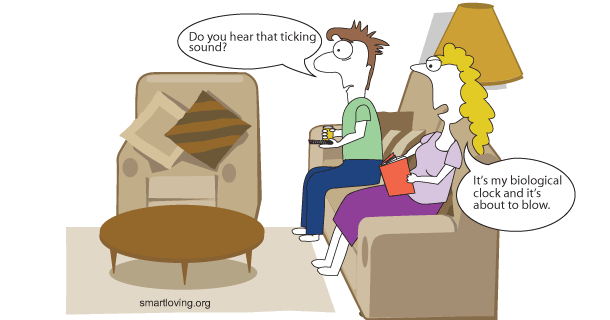Cohabitation #3: Commitment Delay
What impact does cohabitation have on the stability of the future marriage?
In this third part of the series looking at why divorce is around 50% higher for couples who previously cohabitated we look at the phenomenon of Commitment Delay.
It is well known that the age at first marriage is getting older. Over the past six decades the increase has been steady with median age at first marriage now being in the late twenties. Delaying marriage however has not meant that couples delay forming intimate relationships. In fact, the prevalence of cohabitation accounts for some of this trend of older brides and grooms.
Couples who live together, and therefore establish a domestic, sexual relationship, tend to delay the decision to marry. As they are already living a ‘married’ life-style, the urgency to make a decision about marriage is lessened and many couples get caught in this transitional state for prolonged periods. But is this really such a problem? Most people believe that being a bit more mature before marrying is advantageous. The facts though are not so straight forward.
Research demonstrates that the optimum age to marry is in the early to mid-twenties; younger than this and the immaturity of the couple can bring them unstuck. But being a great deal older means that independent single lifestyles are more entrenched and thus the adjustment to married life is more demanding.Older couples really have to work hard to ‘undo’ the lifestyle patterns of independent living in order to adjust to the new demands of interdependency that successful marriage requires.
Moreover, delayed marriage is particularly disadvantageous to women whose ‘window of opportunity’ to begin a family is more limited than men. This often leads a woman to pressure her long-term cohabitation partner to marry before he is ready thus weakening the marriage bond. This accounts in part for the fact that one of the highest incidence of divorce is among couples married less than five years.





